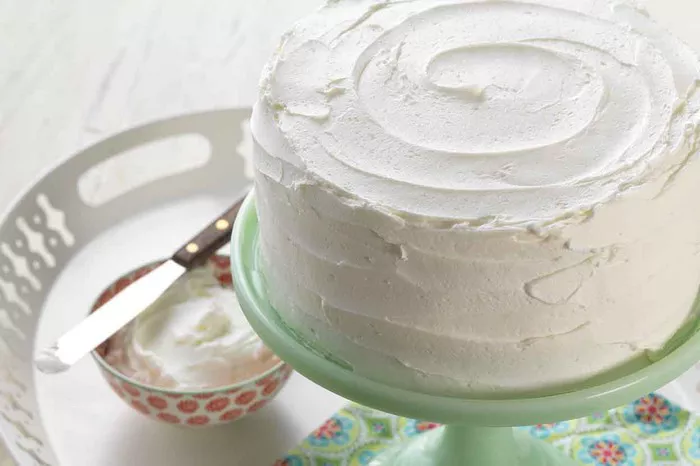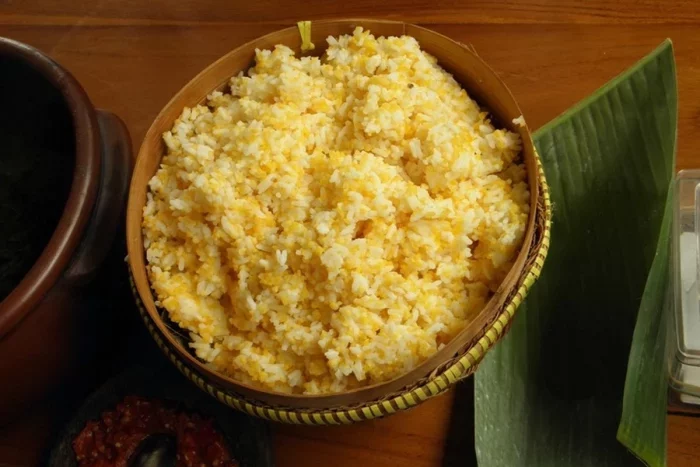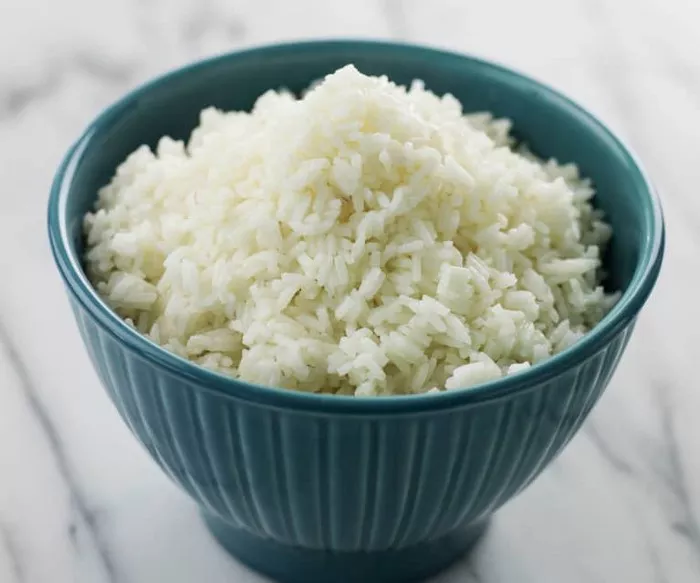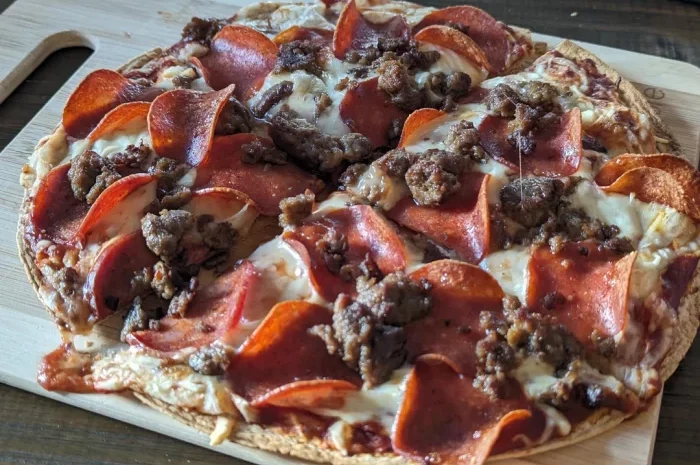Buttercream icing is a beloved staple in the world of baking, cherished for its creamy texture and versatility. Whether adorning a wedding cake or topping cupcakes for a birthday celebration, buttercream icing serves as both a canvas for creativity and a decadent indulgence. However, achieving a pristine white hue in buttercream can be a challenge for many bakers.
In this comprehensive guide, we delve into the techniques, tips, and troubleshooting strategies to help you master the art of making buttercream icing white.
Understanding the Ingredients
To create a white buttercream icing, it’s crucial to understand the role of each ingredient and how it contributes to the final color and texture. The primary ingredients in buttercream icing include butter, confectioners’ sugar (also known as icing sugar), vanilla extract, and milk or cream.
1. Butter:
The color of your buttercream largely depends on the color of the butter used. Opting for unsalted butter with a pale yellow hue will result in a whiter icing compared to using salted butter or butter with a deep yellow color. Additionally, using butter with a higher fat content can yield a smoother and creamier texture.
2. Confectioners’ Sugar:
This finely ground sugar is essential for achieving the desired sweetness and texture in buttercream icing. While confectioners’ sugar is naturally white, some variations may contain additives that affect its color. Choosing a high-quality, pure confectioners’ sugar without any added starch or anti-caking agents is recommended for achieving a whiter icing.
3. Vanilla Extract:
While vanilla extract adds flavor to buttercream icing, it can also impart a slight off-white or ivory color. To minimize discoloration, consider using clear vanilla extract or opting for other flavoring alternatives, such as almond or lemon extract, which have less impact on the color of the icing.
4. Milk or Cream:
Liquid ingredients like milk or cream are used to adjust the consistency of the buttercream and enhance its richness. When choosing dairy products, opt for ones with a neutral flavor and color to prevent any unwanted tinting of the icing.
Techniques for Achieving Whiter Buttercream
Now that we’ve explored the role of each ingredient, let’s delve into the techniques for making buttercream icing white:
1. Creaming Method:
Start by creaming the butter until it is pale and fluffy before gradually adding the confectioners’ sugar. Creaming the butter thoroughly helps incorporate air into the mixture, resulting in a lighter texture and whiter color.
2. Sifting Ingredients:
Sift the confectioners’ sugar before adding it to the butter to ensure a smooth and lump-free consistency. Sifting also helps aerate the sugar, making it easier to incorporate into the butter and achieving a lighter texture.
3. Whipping Technique:
Once all the ingredients are combined, continue whipping the buttercream on medium to high speed for several minutes until it becomes light and fluffy. The whipping action helps lighten the color of the icing by incorporating more air into the mixture.
4. Refrigeration:
If the buttercream appears slightly yellowish due to the warmth of the butter, refrigerate it for 10-15 minutes before piping or spreading onto your baked goods. Chilling the buttercream helps firm up the butter and may help lighten its color.
5. Use of Whitening Agents:
In some cases, bakers may opt to use whitening agents, such as titanium dioxide or white food coloring, to enhance the whiteness of the buttercream icing. However, it’s essential to use these additives sparingly and according to the manufacturer’s instructions to avoid affecting the taste or texture of the icing.
Troubleshooting Common Issues
Even with careful attention to detail, bakers may encounter challenges in achieving a perfectly white buttercream icing. Here are some common issues and troubleshooting tips:
1. Yellowish Tint:
If the buttercream appears yellowish, it may be due to the color of the butter used. Try using unsalted butter with a paler color or incorporating a small amount of white food coloring to counteract the yellow tint.
2. Gritty Texture:
A gritty texture in buttercream icing may result from insufficient creaming of the butter or improperly sifted confectioners’ sugar. Ensure that the butter is softened to room temperature before creaming and sift the confectioners’ sugar to remove any lumps.
3. Air Bubbles:
Excessive whipping or mixing of the buttercream can introduce air bubbles, resulting in a less smooth appearance. To minimize air bubbles, avoid overmixing the buttercream and gently tap the mixing bowl on the countertop to release any trapped air.
4. Off-White Color:
If the buttercream has an off-white or ivory color, it may be due to the use of vanilla extract or other flavorings. Consider using clear vanilla extract or alternative flavorings with less impact on the color of the icing.
Conclusion
Mastering the art of making buttercream icing white requires a combination of understanding ingredients, employing proper techniques, and troubleshooting common issues. By carefully selecting high-quality ingredients, incorporating air into the mixture through creaming and whipping, and addressing any challenges that arise along the way, bakers can achieve a pristine white hue in their buttercream icing. With practice and patience, you’ll be able to create stunning cakes and desserts that are as beautiful as they are delicious.
























